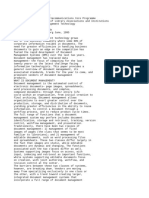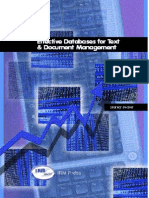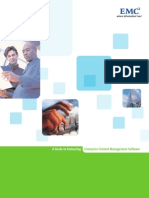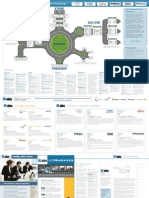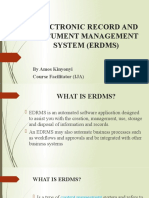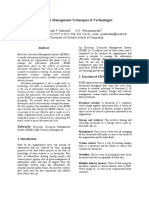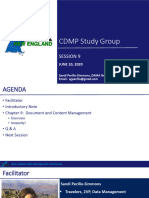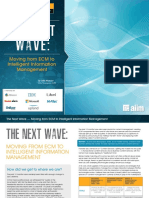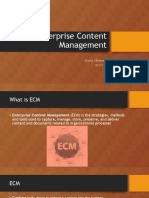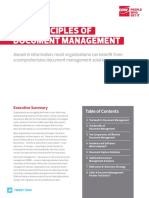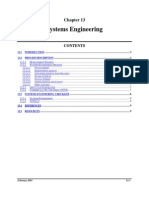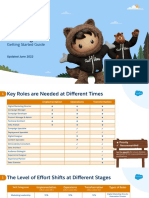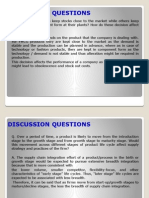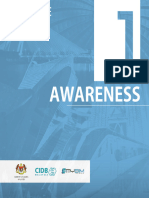0% found this document useful (0 votes)
70 views59 pagesIntro 2 Doc A
The document provides an overview of fundamental changes in document management, including:
1) Documents now contain critical strategic information for organizations and are managed using computer systems.
2) Three primary concepts in the history of document management systems include paper documents, automated paper documents, and electronic documents.
3) Modern document management architectures emphasize integrating interrelated document lifecycles and information.
Uploaded by
Imam HasanCopyright
© Attribution Non-Commercial (BY-NC)
We take content rights seriously. If you suspect this is your content, claim it here.
Available Formats
Download as PDF, TXT or read online on Scribd
0% found this document useful (0 votes)
70 views59 pagesIntro 2 Doc A
The document provides an overview of fundamental changes in document management, including:
1) Documents now contain critical strategic information for organizations and are managed using computer systems.
2) Three primary concepts in the history of document management systems include paper documents, automated paper documents, and electronic documents.
3) Modern document management architectures emphasize integrating interrelated document lifecycles and information.
Uploaded by
Imam HasanCopyright
© Attribution Non-Commercial (BY-NC)
We take content rights seriously. If you suspect this is your content, claim it here.
Available Formats
Download as PDF, TXT or read online on Scribd
/ 59

